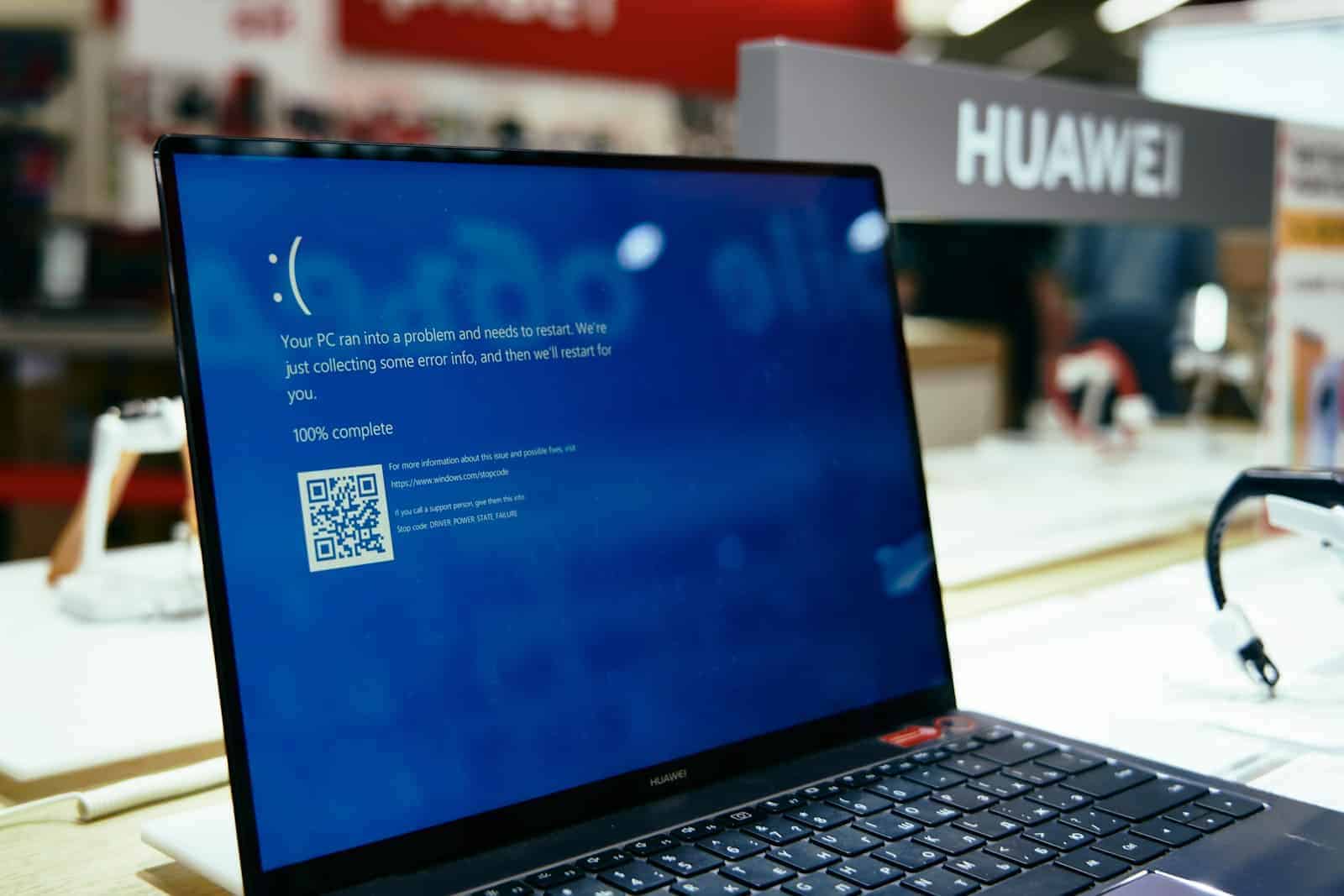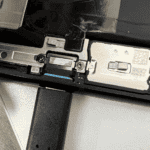Encountering an error message that your operating system cannot load due to a missing or corrupt kernel can be frustrating. The kernel, which is an essential core component of the operating system, facilitates communication between your hardware and software. Without a functioning kernel, you cannot start your computer normally since it manages system processes and memory.
When this error occurs, it is often due to file system corruption, missing system files, or hardware failures. Fortunately, several methods are available to repair this issue, such as using the Advanced Startup Options to perform a system restore or resetting your PC. Navigate these repair procedures with care, as some can lead to data loss if not done correctly.
Troubleshooting Operating System Errors
When your PC refuses to boot, and you’re met with the ominous message “The operating system couldn’t be loaded because the kernel is missing or contains errors,” it can be a frustrating and alarming experience. Here’s a breakdown of this error and how to fix it:
Understanding the Problem
The kernel is the core of your operating system like Windows. It handles essential tasks like:
- Managing your computer’s hardware: Talking to your hard drive, CPU, and other components.
- Allocating resources: Determining how much memory programs get and when they can access the processor.
- Loading drivers: Software that allows the OS to communicate with specific hardware.
When the kernel is missing or damaged your computer can’t function.
Causes of Kernel Errors
- Corrupted Files: System files can become corrupt due to power outages, malware, or hard drive problems.
- Incorrect Boot Settings: If your BIOS points to the wrong drive or partition, the kernel may not load.
- Hard Drive Failure: Physical failure of your hard drive can impact the kernel and other essential files.
- Recent Updates or Changes: New software or hardware changes can sometimes create conflicts with the kernel.
Troubleshooting Steps
| Step | Action |
|---|---|
| 1 | Check Boot Order: Enter your BIOS setup and ensure your OS hard drive is the first boot device. |
| 2 | Use Startup Repair: Windows includes automatic repair tools that can attempt to fix boot problems. Access these from a bootable Windows installation disk or USB drive during startup. |
| 3 | Run CHKDSK: This built-in tool checks your hard drive for file system errors and can potentially repair damaged files – including the kernel. Access it from the command prompt on a bootable Windows disk or drive. |
| 4 | Restore System to a Previous Point: If you’ve used System Restore, try rolling back to a configuration from before the error started. |
| 5 | Reinstall Windows: Should other options fail, a fresh installation may be your final resort. This will erase your data, so ensure you have backups. |
Important Note
Before attempting advanced troubleshooting, back up important data if possible as some steps may result in data loss.
Key Takeaways
- A missing or corrupt kernel prevents the operating system from loading.
- System Restore and PC Reset are common repair methods.
- Handle repair processes cautiously to avoid data loss.
Diagnosing Kernel Issues
When the kernel, the core of the operating system, runs into problems, it can stop the whole system from loading. Quick action is needed to get things back to normal.
Understanding Kernel Errors
Kernel errors like “ntoskrnl.exe is missing or contains errors” point to issues with the kernel file essential for Windows to work. ntoskrnl.exe stands for NT Operating System Kernel, and it’s the file that loads the Windows kernel. This kind of error can stop a computer from starting up properly.
Here’s what you should check if you see such errors:
- Startup Repair: Use the Windows recovery environment to run a Startup Repair.
- System Restore: Roll back the system to a prior state when you know everything worked well.
- Update or Revert Drivers: Sometimes recent driver updates can cause kernel issues.
- Check Hardware: Consider if recent hardware changes could be at fault.
- Memory Diagnosis: Run a memory diagnostic to check for RAM issues.
- Check Disk for Errors: Use tools to inspect the hard drive for corruption.
- Boot Configuration Data (BCD): Repair or rebuild the BCD if it’s causing problems.
By carefully following these steps, you can usually find the root of the issue. Start with simpler solutions like Startup Repair and System Restore before trying more complex ones. If you run into trouble, seek help from tech forums or a professional. Remember that such errors can mean serious issues, so it’s best to act quickly to fix them.
Recovery and Repair Procedures
When Windows can’t load because the kernel is missing or has errors, there are a few key steps one can take. The goal is to fix or replace the corrupt files without affecting personal data.
Using System File Checker
The System File Checker or SFC is a tool built into Windows. It scans for and restores corrupt or missing files. Here’s how to use it:
- Open the Command Prompt as administrator.
- Type
sfc /scannowand press Enter. - Wait for the scan to complete and fix any issues.
Utilizing DISM and Installation Media
The Deployment Image Service and Management Tool (DISM) is more powerful than SFC. Use DISM if SFC can’t fix the problem. You may need installation media for Windows 10 or Windows 7. Here are the steps:
- Insert the installation media and boot from it.
- Choose your language and preferences, then click Next.
- Click Repair your computer.
- Select Troubleshoot, then Advanced Options, and choose Command Prompt.
- Type
DISM /Online /Cleanup-Image /RestoreHealthand press Enter.
Troubleshooting Potential Hardware Problems
Sometimes the issue is with hardware like the hard drive or RAM. To check:
- Ensure all connected devices are working. A faulty keyboard or disk could cause errors.
- Test the hard drive and RAM. Replace them if they are the issue.
By following these steps, one can often resolve kernel issues and get their system running again.
Frequently Asked Questions
When your operating system fails to boot due to kernel errors, precise steps are needed. Below are common questions with their direct answers to help you resolve these issues efficiently and effectively.
What steps can I take to resolve a critical system driver missing issue during the operating system boot process?
To fix a missing critical system driver, restart your computer and enter the recovery environment. Use System Restore to revert to a previous state. If that fails, access the recovery options to perform a PC reset, which reinstalls the operating system.
How can I recover from an error stating that a required file for the operating system is missing or contains errors?
Recovery from file errors usually involves booting to the Advanced Startup Options. Here, choose “Troubleshoot” then “Advanced options.” Use the “System Restore” feature to go back to an earlier point in time. If this does not resolve the problem, resetting your PC might be necessary.
What are the potential causes and solutions for a 0xc0000098 error indicating the kernel is missing or corrupt?
This error often occurs due to corrupted boot configuration data. To resolve it, boot from a Windows installation disc or USB, go to “Repair your computer,” and use “Startup Repair.” If that doesn’t work, use the “bootrec” command in the Command Prompt to rebuild the Boot Configuration Data.
How can I address the ‘NLS data is missing or contains errors’ error during bootup?
To fix the ‘NLS data is missing or contains errors’ issue, boot to the Advanced Startup Options and select “Automatic Repair.” If that does not work, use a Windows recovery drive to access the Command Prompt and run the “sfc /scannow” command.
In the case of a kernel error during the Windows 11 boot process, what troubleshooting methods should be employed?
First, try automatic repair by booting from the Windows 11 installation media and selecting “Troubleshoot” followed by “Advanced options” and then “Startup Repair.” If the issue continues, use the “Reset this PC” feature, choosing to keep personal files when prompted.
What general measures should be taken when encountering a kernel-related boot error on Windows 10?
Start with Windows 10’s built-in “Startup Repair” through the Advanced Startup Options. If that doesn’t clear the error, use the “Reset this PC” option, updating or reinstalling Windows while keeping personal files intact. Always ensure you have backups of important data to prevent loss.







